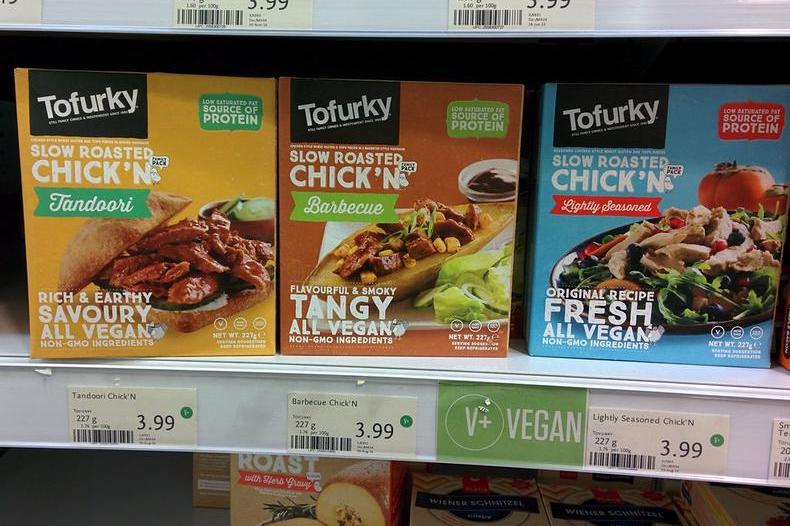Blending trade marks: a recipe for success?
How is merging words to create brand names like Nayonaise, Tofurky and Ginspire about to take off in the food and drink sector?

We are likely to see an increase in companies blending words into brand names. While the strategy of blending is not a new concept, it is something we’re going to see more instances of as it becomes increasingly difficult to clear new trade marks.
A recent research paper published by academics at the University of Kragujevac backs up this suggestion.
The research notes that, to-date, blending is most commonly used in the food and drink sector. However, it’s important to have an awareness of the advantages and potential pitfalls of adopting this strategy when choosing your brand name.
The list of terms that can be registered as a trade mark is not inexhaustible. However, it can be difficult for a brand to create a name that reflects its personality and helps it stand out from the crowd, while also ensuring it doesn’t infringe on what’s already out there.
That’s where blending can be really effective and there are two main ways this is used.
Trends influencing blended trade marks
The first is where an ordinary word is blended with another to create a new coined term which can be registered as a trade mark.
This is an effective tactic to employ for brands keen to incorporate words directly related to their product, and reduces the risk of the brand being perceived simply as a generic term which cannot be monopolised.
The study identified that trends can have a real impact on patterns we see in blending. Take, for instance, the food and drink industry’s growing range of vegan and meat free products. There are a wealth of examples of blending in this area.
For example Kellogg’s launched a range of meat free products last year including burgers and ‘chicken’ nuggets under the brand name Incogmeato and there are other foodie examples out there including GastroNoMeat, Nayonaise, and Tofurky.
Meanwhile, from the drinks industry, came the boom in popularly of gin, which resulted in the likes of brand names such as Ginaissance, Imaginara and Ginspire.
Blending can lead to the creation of a distinctive new and original brand. However, there are examples of blending of generic words which are somewhat less creative, resulting in the creation of a fairly weak brand. In this scenario, it can be difficult to create a strong brand and prevent others, including competitors, from using the generic terms in a similar way.
In practical terms, this means that you are likely to have a narrow scope of protection. There is also a risk that the blending results in a mark which confers no protection whatsoever if the combination is perceived to be descriptive.
Blending a strong house brand
The good news is that the second method of blending can be effective, particularly when developing a family of marks, which could make it more difficult for competitors to emulate.
Businesses can use the same elements of a word across a series of brands to make different products instantly recognisable as being associated with the parent brand. Nestlé is an excellent example of a company which has executed this very well, with products including Nescafé, Nesquick and Nespresso.
If you have a strong house brand, this can be a great option to consider. If you have built up a good reputation, blending your house trade mark to make subsidiary brands can have the effect that they benefit from this existing reputation by association.
If your long term plans are to expand your product range, this type of blending is worth considering from an early stage to explore the availability of the blended sub brands.
Both methods of blending can be used to great effect.
As with the creation of any new brand, it’s important to do your homework and market research so you make the right call on whether to blend generic words for a quirky brand name, or whether you take the ‘Nestlé’ route in order to carry a strong house brand through various products.
Heather Williams is a Chartered Trade Mark Attorneys at Marks and Clerk
Read more food and drink insight

